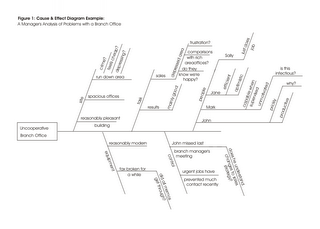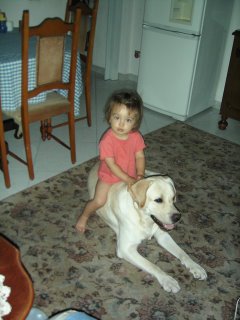Trouble maker transfer coding:chunked ! Just for ref, putting RFC.
3.6 Transfer CodingsTransfer-coding values are used to indicate an encoding transformation that has been, can be, or may need to be applied to an entity-body in order to ensure "safe transport" through the network. This differs from a content coding in that the transfer-coding is a property of the message, not of the original entity.
transfer-coding = "chunked" | transfer-extension
transfer-extension = token *( ";" parameter )
Parameters are in the form of attribute/value pairs.
parameter = attribute "=" value
attribute = token
value = token | quoted-string
All transfer-coding values are case-insensitive. HTTP/1.1 uses transfer-coding values in the TE header field (section 14.39) and in the Transfer-Encoding header field (section 14.41).
Whenever a transfer-coding is applied to a message-body, the set of transfer-codings MUST include "chunked", unless the message is terminated by closing the connection. When the "chunked" transfer- coding is used, it MUST be the last transfer-coding applied to the message-body. The "chunked" transfer-coding MUST NOT be applied more than once to a message-body. These rules allow the recipient to determine the transfer-length of the message (section 4.4).
Transfer-codings are analogous to the Content-Transfer-Encoding values of MIME [7], which were designed to enable safe transport of binary data over a 7-bit transport service. However, safe transport has a different focus for an 8bit-clean transfer protocol. In HTTP, the only unsafe characteristic of message-bodies is the difficulty in determining the exact body length (section 7.2.2), or the desire to encrypt data over a shared transport.
The Internet Assigned Numbers Authority (IANA) acts as a registry for transfer-coding value tokens. Initially, the registry contains the following tokens: "chunked" (section 3.6.1), "identity" (section 3.6.2), "gzip" (section 3.5), "compress" (section 3.5), and "deflate" (section 3.5).
New transfer-coding value tokens SHOULD be registered in the same way as new content-coding value tokens (section 3.5).
A server which receives an entity-body with a transfer-coding it does not understand SHOULD return 501 (Unimplemented), and close the connection. A server MUST NOT send transfer-codings to an HTTP/1.0 client.
3.6.1 Chunked Transfer CodingThe chunked encoding modifies the body of a message in order to transfer it as a series of chunks, each with its own size indicator, followed by an OPTIONAL trailer containing entity-header fields. This allows dynamically produced content to be transferred along with the information necessary for the recipient to verify that it has received the full message.
Chunked-Body = *chunk
last-chunk
trailer
CRLF
chunk = chunk-size [ chunk-extension ] CRLF
chunk-data CRLF
chunk-size = 1*HEX
last-chunk = 1*("0") [ chunk-extension ] CRLF
chunk-extension= *( ";" chunk-ext-name [ "=" chunk-ext-val ] )
chunk-ext-name = token
chunk-ext-val = token | quoted-string
chunk-data = chunk-size(OCTET)
trailer = *(entity-header CRLF)
The chunk-size field is a string of hex digits indicating the size of the chunk. The chunked encoding is ended by any chunk whose size is zero, followed by the trailer, which is terminated by an empty line.
The trailer allows the sender to include additional HTTP header fields at the end of the message. The Trailer header field can be used to indicate which header fields are included in a trailer (see section 14.40).
A server using chunked transfer-coding in a response MUST NOT use the trailer for any header fields unless at least one of the following is true:
a)the request included a TE header field that indicates "trailers" is acceptable in the transfer-coding of the response, as described in section 14.39; or,
b)the server is the origin server for the response, the trailer fields consist entirely of optional metadata, and the recipient could use the message (in a manner acceptable to the origin server) without receiving this metadata. In other words, the origin server is willing to accept the possibility that the trailer fields might be silently discarded along the path to the client.
This requirement prevents an interoperability failure when the message is being received by an HTTP/1.1 (or later) proxy and forwarded to an HTTP/1.0 recipient. It avoids a situation where compliance with the protocol would have necessitated a possibly infinite buffer on the proxy.
An example process for decoding a Chunked-Body is presented in appendix 19.4.6.
All HTTP/1.1 applications MUST be able to receive and decode the "chunked" transfer-coding, and MUST ignore chunk-extension extensions they do not understand.





